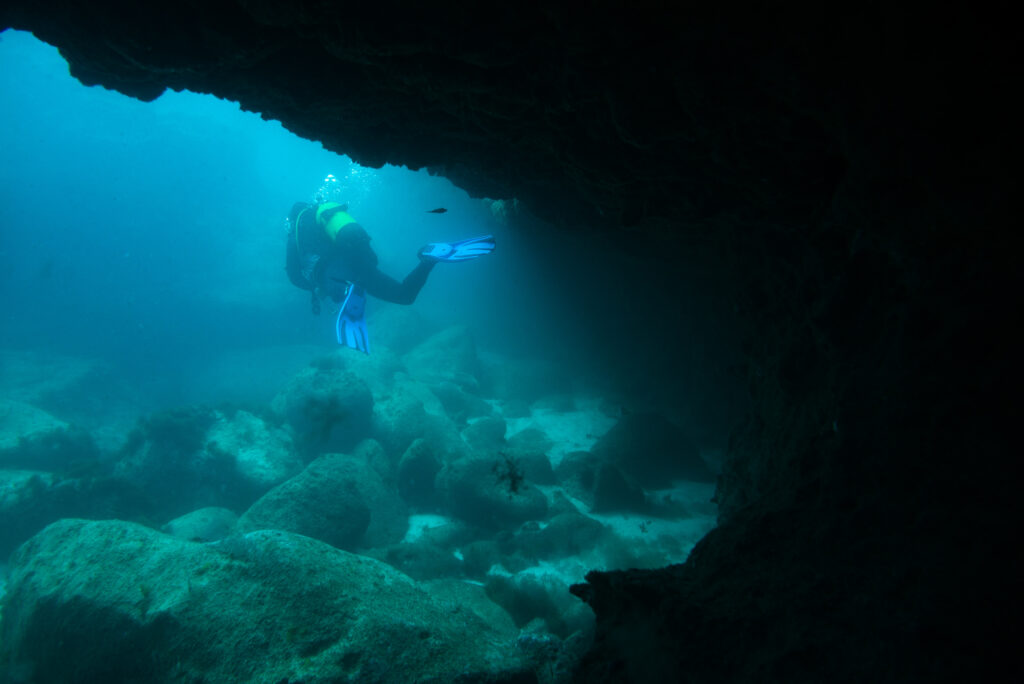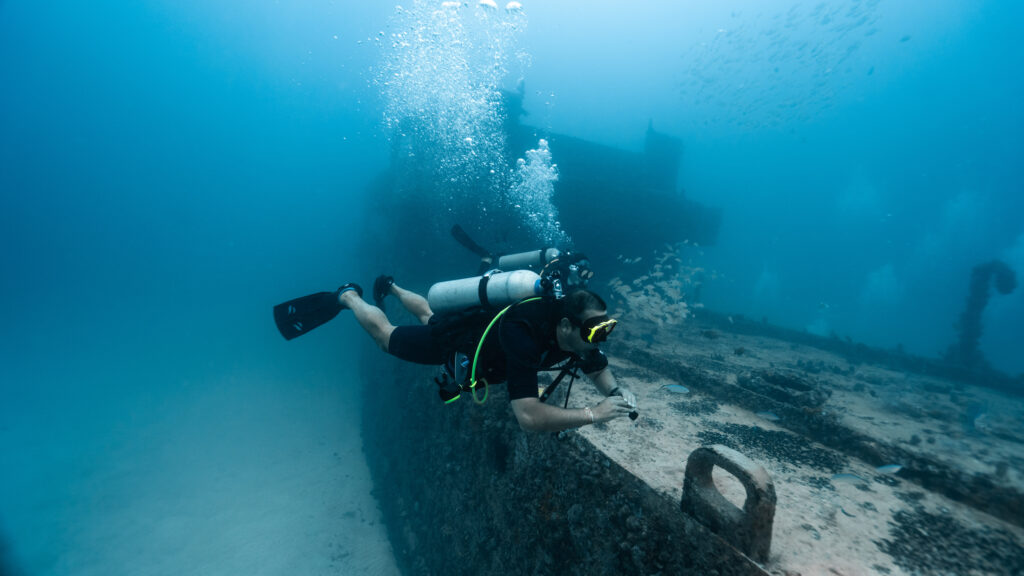What is an Over Pressure Valve?

An over pressure valve (OPV) is a critical component in scuba diving equipment designed to prevent the dangerous buildup of pressure within sealed systems. These valves automatically release excess pressure, ensuring the safety and functionality of diving apparatus such as buoyancy control devices (BCDs), drysuits, and rebreathers. The primary function of an OPV is to maintain safe pressure levels, thereby protecting divers from equipment failures that could lead to hazardous situations underwater.
What is Open Water Certification?

Open water certification is a fundamental credential in scuba diving, signifying that an individual has achieved the necessary skills and knowledge to dive independently. This certification is recognized globally and is a prerequisite for many diving activities and advanced training courses. It ensures that divers are equipped to handle underwater environments safely and responsibly, providing a foundation for safe and enjoyable underwater adventures. Whether one seeks to dive in tropical coral reefs or cold-water kelp forests, obtaining an open water certification is the first crucial step in the journey of underwater exploration.
What is Confined Water Diving?

Confined water, a term widely used in the scuba diving community, refers to a dive site where the water is enclosed and bounded sufficiently, creating a controlled environment free from the influence of geographic or weather conditions. Such environments are ideal for safe scuba training, providing instructors and students with a stable setting to learn and practice essential skills before advancing to open water dives. The most common example of confined water is a swimming pool; however, other bodies of water, such as quarries or calm, shallow bays, may also serve as confined water environments.
What is a Diver Propulsion Vehicle?

A Diver Propulsion Vehicle (DPV), also known as an underwater scooter, is a motorized device used by scuba divers to increase their range underwater with minimal physical exertion. By holding onto the DPV, divers can be pulled through the water at various speeds, allowing them to cover greater distances and access dive sites that would otherwise be challenging to reach. DPVs are used in various types of diving, from recreational to technical and even military applications, providing significant benefits in terms of efficiency and safety.
What is Open Water Diving?

Open water diving is a fundamental form of recreational scuba diving, characterized by diving in natural bodies of water such as oceans, seas, and lakes. Unlike confined water diving, which takes place in controlled environments like swimming pools, open water diving offers divers the opportunity to experience the vastness and diversity of underwater ecosystems. This type of diving typically involves greater depths and more variable conditions, making it both a thrilling and challenging pursuit for enthusiasts of all levels. The concept of open water diving is integral to the sport, providing the foundation for various specialized diving activities and advanced certifications.
What is a Whip?

In the context of scuba diving, a whip refers to a flexible hose or tube used to transfer high-pressure air or other gases from one source to another. Whips are integral to diving operations, facilitating the safe and efficient management of breathing gases. These hoses connect various pieces of diving equipment, such as air tanks, regulators, and buoyancy control devices (BCDs), ensuring divers have a reliable supply of air while underwater. Understanding the role and functionality of whips is crucial for maintaining safety and performance during scuba diving activities.
What is Recreational Scuba Diving?

Recreational scuba diving is a popular underwater activity enjoyed by millions of people around the world. It allows individuals to experience the underwater environment firsthand, encountering marine life and underwater landscapes that are typically inaccessible. Unlike commercial or military diving, which focuses on tasks such as underwater construction or defense, recreational scuba diving is primarily for enjoyment and adventure. It involves using a self-contained underwater breathing apparatus (scuba) to breathe underwater, enabling divers to spend extended periods submerged. This activity has grown significantly in popularity due to its appeal to adventurers and nature enthusiasts alike.
What is Surface Consumption Rate?

The Surface Consumption Rate (SCR) is a critical concept in scuba diving that quantifies a diver’s gas usage under standardized surface conditions. This value is measured in units such as pounds per square inch (psi), bars, or cubic feet per minute (CFM). SCR is an essential metric for calculating a diver’s air consumption at different depths and plays a significant role in dive planning. Having an accurate understanding of one’s SCR is key for determining the duration of a dive, ensuring a safe and well-managed air supply throughout the dive.
What is Kayak Diving?

Kayak diving is a unique and adventurous form of recreational scuba diving that combines the sports of kayaking and scuba diving. In kayak diving, divers use specially designed kayaks to access dive sites that are too far from shore for convenient shore diving. This method of diving allows divers to explore remote and often less-visited underwater environments, providing them with a more exclusive and immersive experience. Kayak diving is an excellent way for scuba divers to improve their navigational skills, build upper body strength, and experience the thrill of exploring new dive sites.
What is a Cubic Foot (cf)?

A cubic foot (cf) is a unit of measurement representing volume and is commonly utilized to denote the size of scuba cylinders, which are critical components in the scuba diving experience. Scuba cylinders contain the compressed breathing gas essential for underwater excursions, enabling divers to breathe comfortably as they explore the aquatic environment. The size of a scuba cylinder, often expressed in cubic feet, directly correlates to the amount of air it can hold and the potential dive duration. This entry will explore the concept of cubic feet in relation to scuba cylinders, the significance of various cylinder sizes, and the factors influencing the choice of cylinder for different diving scenarios.
